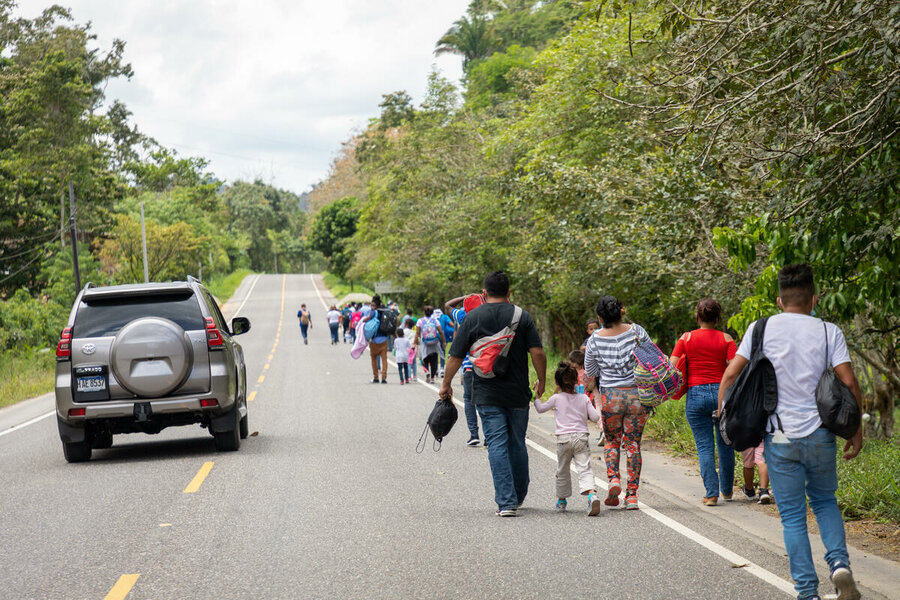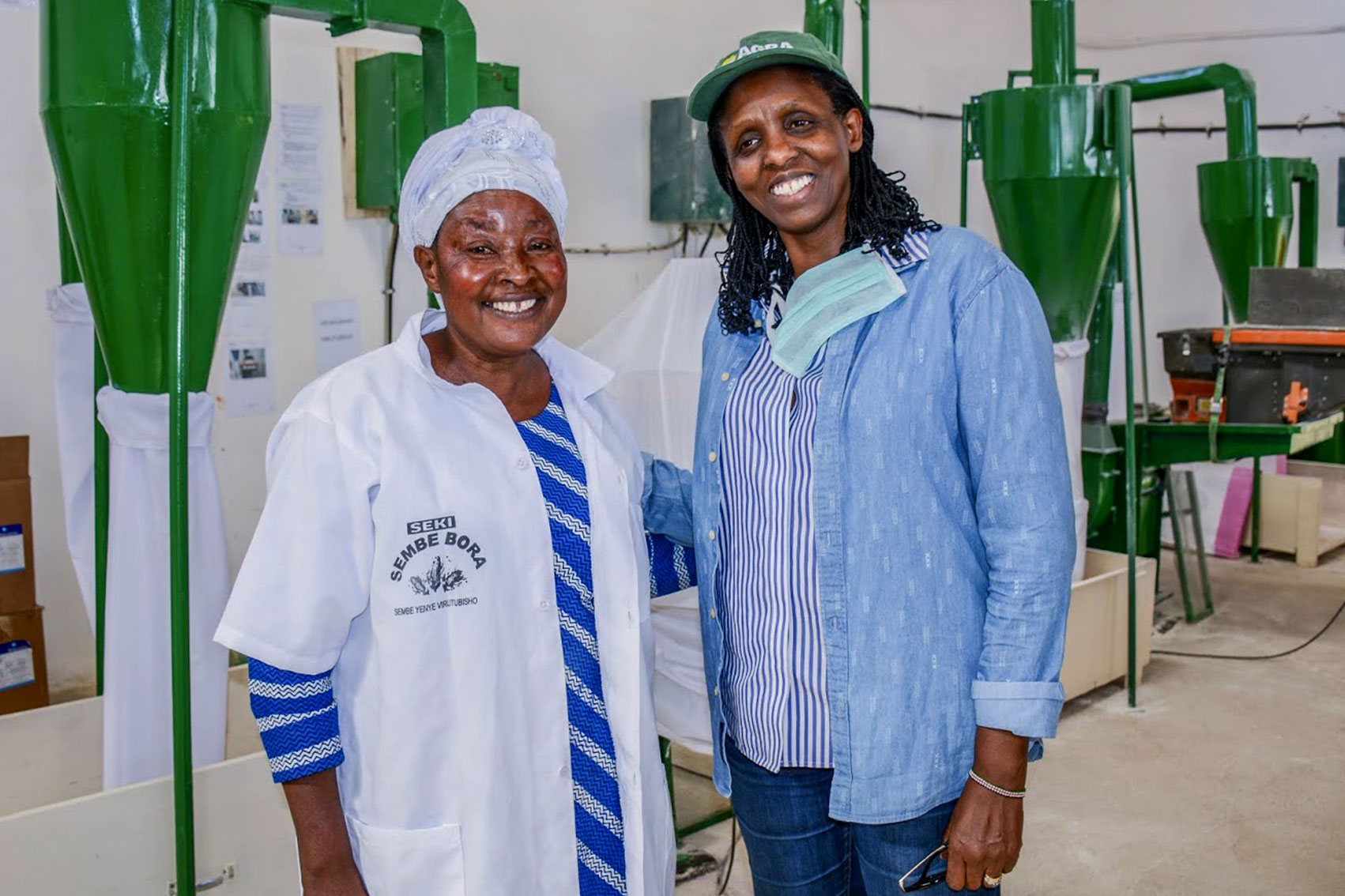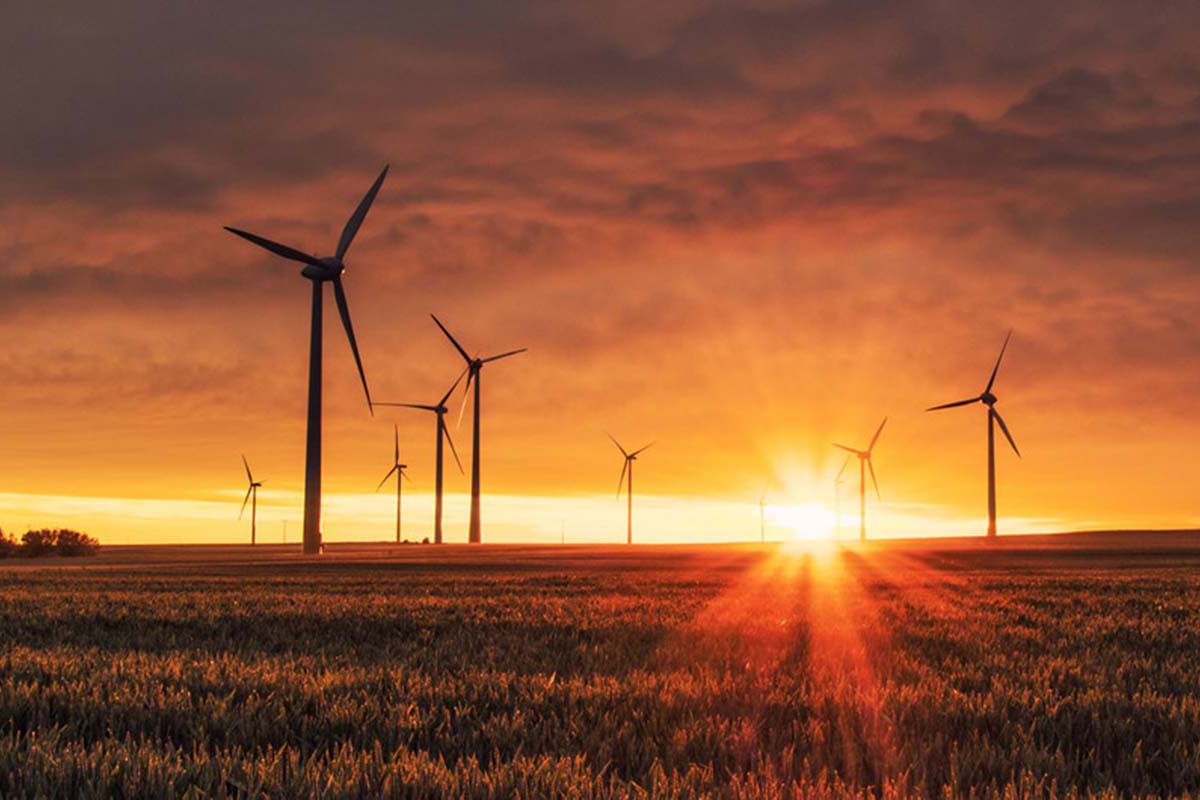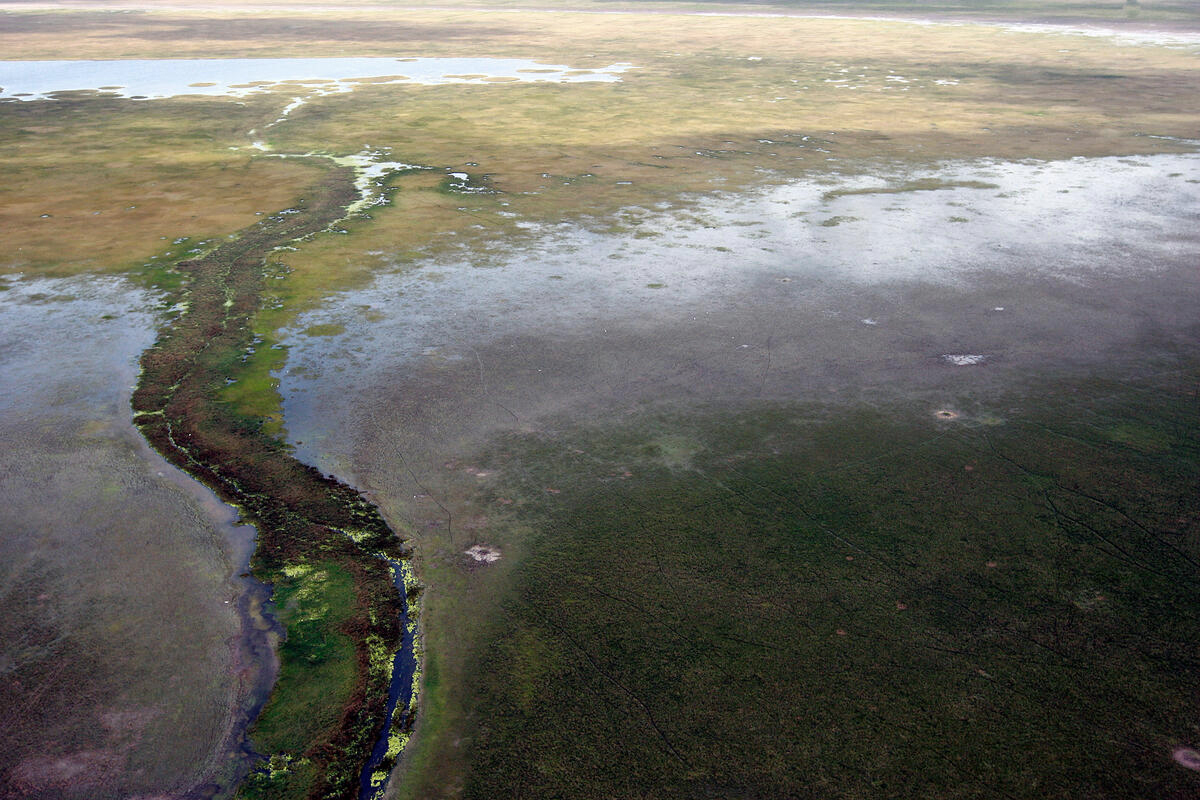Aidan Gallagher, actor, singer-musician and Goodwill Ambassador for the UN Environment Programme, explains how the Paris Climate Agreement is our roadmap to creating a world of clean air and clean energy, with vibrant forests and oceans. As we approach Earth Day and the Leaders’ Climate Summit, collective action to limit global temperature rises has never been more urgent. This is the first in a series of explainers called "Within our grasp". Narrated by environmentalists around the globe, "Within our grasp" shows how the Paris Agreement will help tackle the climate crisis.
Climate Change
How the Paris Agreement will help tackle the climate crisis (with Aidan Gallagher)- Within Our Grasp
Honduras: Climate change, coronavirus and caravans
Top international energy and climate leaders from countries representing the vast majority of global GDP, energy use and greenhouse gas emissions are taking part in the IEA-COP26 Net Zero Summit. The Summit will be a critical opportunity to take stock of the growing list of commitments from countries and companies to reach the goals of the Paris Agreement. It also seeks to accelerate the momentum behind clean energy and to examine how countries can work together more effectively to reduce their greenhouse gas emissions to net zero in line with shared international goals. Watch it live!
The Paris Agreement requests each country to outline and communicate their post-2020 climate actions, known as their Nationally Determined Contributions (NDCs), to reduce national emissions and adapt to the impacts of climate change. Together, these climate actions determine whether the world achieves the long-term goals of the Agreement and reaches global peaking of greenhouse gas (GHG) emissions as soon as possible. Thereafter, countries will undertake rapid reductions on the basis of equity, and in the context of sustainable development and efforts to eradicate poverty.
UNFCCC calls on organizations, businesses, universities, governments and others taking bold leadership on climate change to nominate their work for a special 10th instalment of the awards.
The Paris Agreement enters into force for the United States on 19 February, after a new instrument of acceptance by the US, expressing its consent to be bound by the Agreement, was deposited with the UN Secretary-General on 20 January. This historic agreement aims to substantially reduce global greenhouse gas emissions and to limit the global temperature increase in this century to 2 degrees Celsius. It includes commitments from all countries to reduce their emissions and work together to adapt to the impacts of climate change and calls on countries to strengthen their commitments over time.
The 10 New Insights in Climate Science 2020 report by leading international scientists and presented to the UNFCCC reveals the most important findings within the field of climate science over the last year. It can help drive collective action on the ongoing climate crisis and help build momentum for a successful outcome of this year’s UN Climate Change Conference COP26 in November. The report presents the need for aggressive greenhouse gas emission cuts to meet the goals of the Paris Agreement among other issues.
To address climate change, the Paris Agreement aims to substantially reduce global greenhouse gas emissions and to limit the global temperature increase in this century to 2 degrees Celsius. It includes commitments from all countries to reduce their emissions and work together to adapt to the impacts of climate change and calls on countries to strengthen their commitments over time. The Agreement entered into force on 4 November 2016, and to this date 189 countries have ratified it. Most recently, the Secretary-General welcomed the United States return to the accord.
UNEP warns 2020 was not only the year of the COVID-19 pandemic. It was also the year of intensifying climate change: high temperatures, floods, droughts, storms, wildfires and even locust plagues. Even more worryingly, the world is heading for at least a 3°C temperature rise this century. We need strong action to reduce greenhouse gas emissions to meet the Paris Agreement goals of holding global warming this century to well below 2°C and pursuing 1.5°C. Nations must urgently step-up action to adapt to the new climate reality or face serious costs, damages and losses.








